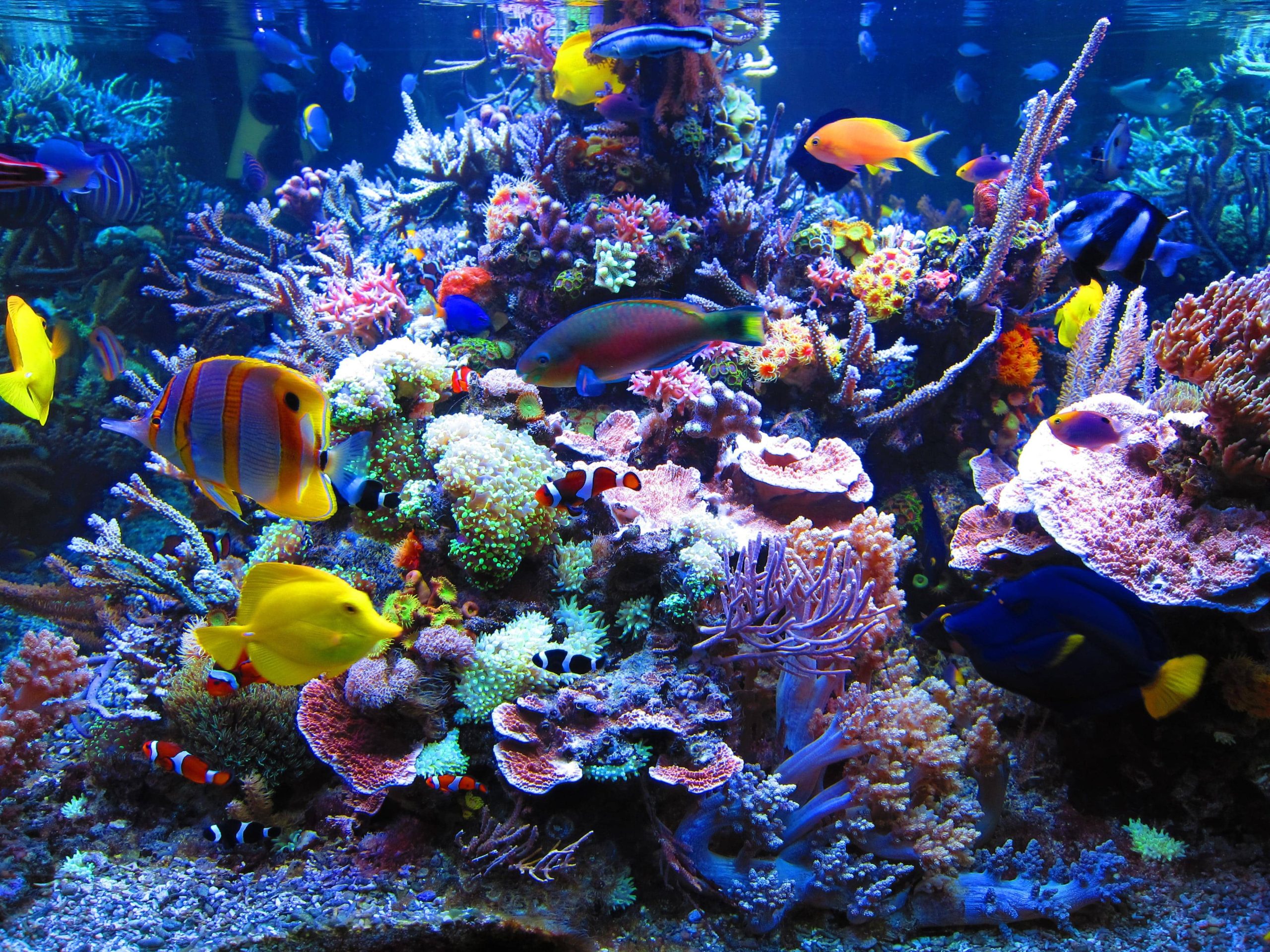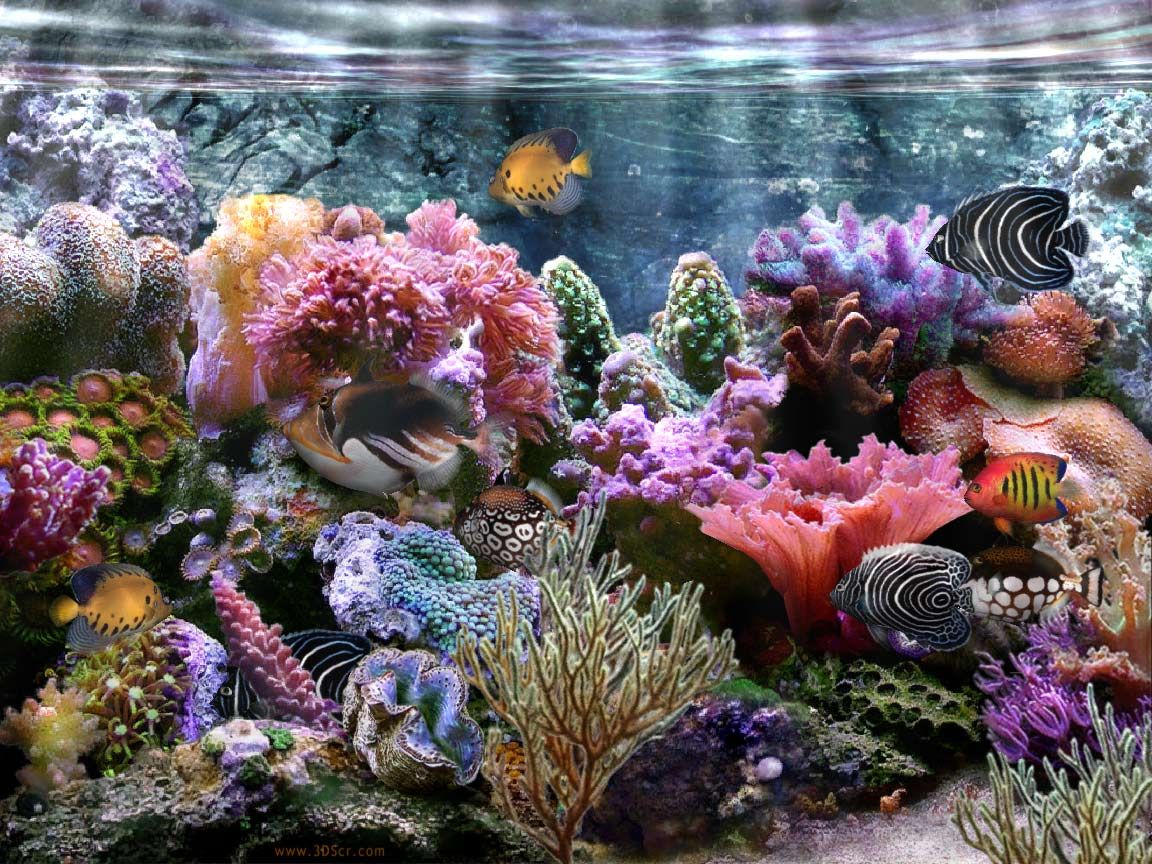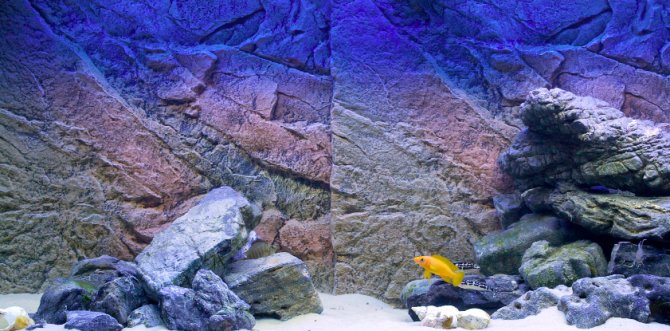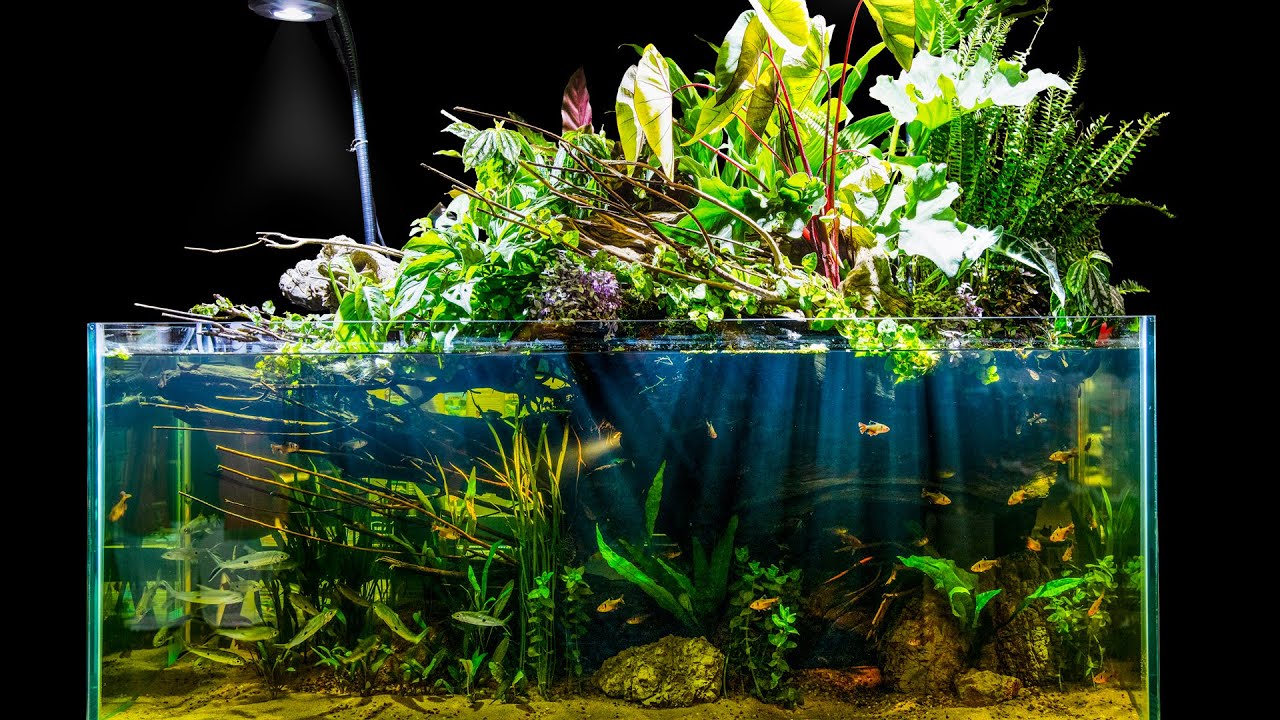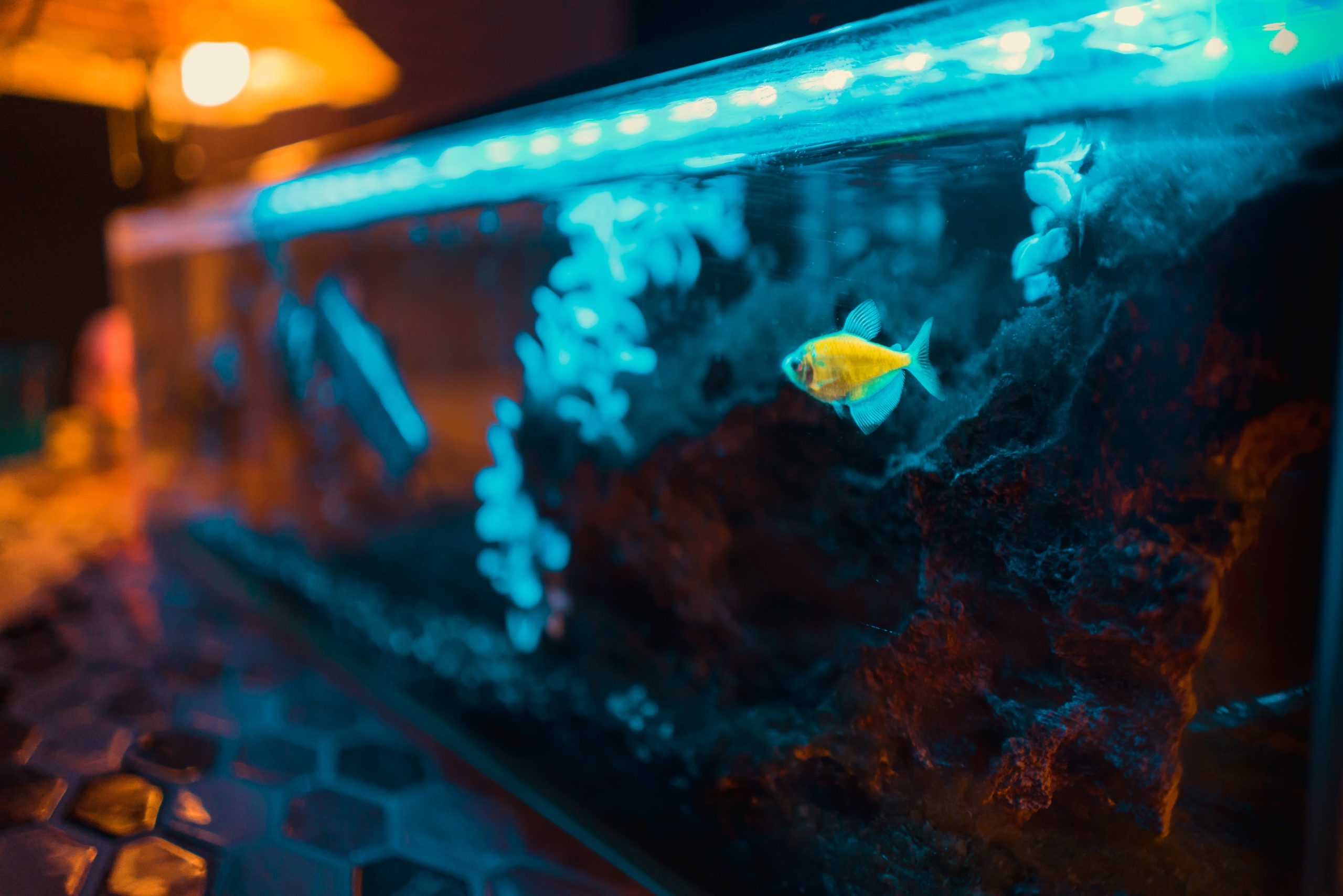Aquariums are structures in which a natural ecosystem is imitated. However, these small and closed ecosystems also require maintenance. If you are not careful from the start when setting up an aquarium, a problem that can be reached without contamination can turn into a troublesome problem.
One of the problems faced by individuals who are new to aquarium hobby is sudden fish death. When fish die within the first few days after the aquarium is established, this condition is called new tank syndrome. The underlying cause of the new tank syndrome is that the beneficial bacteria that make up the aquarium’s nitrogen cycle are not sufficiently formed. Therefore, the amount of ammonia and nitrite, which are very harmful to fish, also increases seriously in water. These substances are very harmful to fish and if their amount in aquarium water increases, it will be fatal for fish.
New Tank Syndrome and Nitrogen Cycle
One of the most important things for the aquarium is the nitrogen cycle. The nitrogen cycle works naturally in nature. A sufficient amount of beneficial bacteria must be created in the aquarium. Nitrogen enters the aquarium with leftover fish food, fish waste or dead fish. However, a significant part of the nitrogen is released into the aquarium in liquid form by the kidneys and gills of the fish. Fish release ammonia (NH3), which is highly toxic after eating. Ammonia released into water is partially converted by bacteria to nitrite, which is less toxic. Nitrite is also converted by bacteria into nitrate, a less toxic compound. Thus, the nitrogen cycle necessary for fish to survive is established.
The nitrogen cycle is not fully established, as there are not enough bacteria to convert nitrite to nitrate in newly established aquariums. Fish added to an aquarium where the nitrogen cycle cannot be dried will soon die. If you are having this problem in your aquarium, called new tank syndrome, there could be many reasons.
The causes of the new tank syndrome can be listed as follows.
- Overfeeding fish
- Using chlorinated tap water as aquarium water
- Adding too much fish to the aquarium
- Sudden temperature changes in water
- Replacing old sand with new sand
- Medication overdose and chemical poisoning
What is the Impact of the New Tank Syndrome on Fish?
Harmful compounds such as ammonia and nitrite in aquarium water are toxic to fish and cause them to be stressed. Undergoing stress, fish come to the surface of the water and breathe rapidly. It can also be seen that they move their gills vigorously, their color fade, and they rub against glass or sand. Due to nitrite poisoning in fish, their gills may appear brown and they may refuse to eat food.
New Tank syndrome also causes an algae bloom. Nitrite turns into a compound called nitrate. This compound does not harm fish as long as it is not found at very high levels. However, if the nitrate in the aquarium cannot be controlled, algae will form on the aquarium floor and on the windows, and this can reach serious dimensions.
Performing very detailed bottom siphoning, using undiluted tap water, giving too much fish food, frequent filter cleaning, and using too much medication are among the most important causes of fish death in aquariums. Considering the above is essential for a healthy fish aquarium.
How Does the Nitrogen Cycle Occur in an Aquarium?
In order not to encounter new tank syndrome, the nitrogen cycle should be established in the aquarium first. For this, it is necessary to have information about where the bacteria that convert ammonia to nitrite and nitrite to nitrate are colonized and how they work. The bacteria that perform the nitrogen cycle are aerobic bacteria. These bacteria perform oxygen breathing. However, oxygen can dissolve in very low amounts in the aquarium. Therefore, it is necessary to provide clean air by using an aquarium air motor.
Bacteria performing the nitrogen cycle cling to micro-sized holes to colonize. The best for these conditions are aquarium filter sponge and aquarium sand. Also, aquarium accessories with branches, stumps, or tiny holes can provide the necessary conditions for aerobic bacteria to adhere. Especially in the feces accumulated on the aquarium sand, bacteria can colonize intensively.
In order for the nitrogen cycle to occur in the aquarium, there must be a decaying organic material such as feed, leaves, and dead fish. In this sense, it would be a much more appropriate move to throw some bait and run the filter instead of adding fish directly to the environment after the aquarium setup.
In order to create the nitrogen cycle, ways such as carrying water from an old aquarium or purchasing a ready-made aquarium bacteria culture can be used. However, adding bacteria to the aquarium is not enough for the nitrogen cycle. It is necessary to wait for the bacteria to settle in the aquarium and work there. It takes approximately 20-30 days for the nitrogen cycle to fully settle. In this sense, waiting without adding fish to the aquarium for the first month will prevent fish deaths.
How to Prevent New Tank Syndrome?
The new tank syndrome can affect aquariums not only for beginners but also for experienced aquarists. In this sense, if you have had a new tank syndrome before and do not want to encounter this problem again, you need to take some precautions. These measures are briefly as follows.
- Avoid Chlorinated Water, Disinfectants, and Medicines
- Partial Water Changes
- Don’t Clean the Filters Too Often
Avoid Chlorinated Water, Disinfectants, and Medicines
Problems in the bacterial cycle are usually caused by chlorinated water, disinfectant, or excessive drug use. If you do not want the nitrogen cycle in your aquarium to be disrupted, you should wait before using chlorinated tap water and let the chlorine evaporate. Also, before adding the water to the aquarium, you can drip the aquarium water conditioner into it. Otherwise, chlorine added to water to protect human health kills the bacteria that provide the nitrogen cycle and the system collapses.
Most of disinfectants and drugs have antibacterial properties. This feature destroys nitrogen bacteria. Therefore, if the treatment will not be applied to the general aquarium, the sick fish should be placed in a quarantine aquarium. Thus, the damage of drugs to the system is prevented.
Partial Water Changes
Regularly changing 10% to 30% of the water every week ensures that organic wastes such as fish food and fish waste are removed from the aquarium. However, the aquarium water change should be done from a point close to the water. Otherwise, the withdrawal of fish excrement from the bottom can damage the nitrogen cycle. Because a significant amount of bacteria lives in the stools on the sole.
Don’t Clean the Filters Too Often
Aquarium filters should be cleaned periodically. However, if these intervals are kept too frequent, bacteria that contribute to the nitrogen cycle may die. Again, you should not use chlorinated tap water during filter cleaning. Otherwise, all bacteria in the filter sponge will die. The death of these bacteria causes the nitrogen cycle to be severely interrupted and ammonia explosion. As a result of the ammonia explosion, there is a risk of death.
Finally, the filter should always work. Because fish release ammonia not only while eating but constantly. In this sense, as you do not turn off the filter yourself, you should also follow the power outages that may occur.


